Best Orlando Treatment for a
HAMSTRING INJURIES
Are you not able to continue your cherished hobbies or everyday activities because of sharp pain in your knee when you move? With our expert doctors’ help, you can get to the root of your symptoms and get back to doing what you love quicker and easier.
Read More Ask A QuestionBest Orlando Treatment for a
HAMSTRING INJURIES
Are you not able to continue your cherished hobbies or everyday activities because of sharp pain in your knee when you move? With our expert doctors’ help, you can get to the root of your symptoms and get back to doing what you love quicker and easier.
Read More Ask A QuestionHere Is Everything You Need To Know About Hamstring Injuries, What Causes It, and The Best Way to Treat It
Click the tabs below to get direct answers to your questions
What is a hamstring injury?
A hamstring injury occurs when 1 or more of the 3 hamstring muscles or tendons (a type of soft tissue connecting the muscle to the bone) tear. It is 1 of the most common injuries of the lower body, particularly affecting athletes participating in sports such as football, soccer, or track. After tearing a hamstring muscle, a person is 2 to 6 times more likely to suffer a subsequent injury. Surgery is required to treat the most severe cases. However, in most cases, hamstring injuries are managed with physical therapy.What are common causes of a hamstring injury?
The hamstrings make up the primary muscle group responsible for straightening (extending) the hip and bending (flexing) the knee. It includes a group of 3 muscles along the back of the thigh that connect the pelvis to the leg. The three muscles are the:- Semitendinosus
- Semimembranosus
- Biceps femoris
- Hamstring muscle(s) and/or tendon (a type of soft tissue that connects muscle to bone)
- Bursa (a fluid-filled sack that sits between bones and soft tissues to limit friction), usually irritated with recurring hamstring injuries
- Ischial tuberosity (the “sit-bone”), which in rare cases can be fractured by traumatic injury
- A history of prior hamstring injury
- Muscle imbalances (particularly hamstring weakness)
- Poor flexibility (muscle tightness)
- Inadequate warm-up before activity
- Muscle fatigue
Where does it hurt?
In most cases of hamstring muscle pain and injury, patients report pain right in the middle of the hamstring muscle. This is the most common site of hamstring muscle strains. There are many different causes of hamstring pain: hamstring syndrome, chronic hamstring tightness and even your low back can cause hamstring pain. Because of this, it’s possible to feel the pain in other parts of your body. This is called referred pain. Understanding the root cause of your pain is fundamental to treating your pain in the long run & will decrease your dependence on painkillers or treatment that only addresses the symptoms.What are common symptoms of a hamstring injury?
When a person injures a hamstring muscle, the symptoms are related to the severity of the injury. Mild hamstring strains often just feel like a pulled or cramping muscle; you might not even realize you have pulled your hamstring until you stop performing the activity, or until the next day, when you might have soreness, tightness, or bruising. However, more involved injuries can be painful, and your symptoms might include:- A sudden, sharp pain in the buttocks or back of the thigh
- A feeling of a “pop” or tearing in the muscle
- Bruising within hours or days after the injury
- Swelling
- Tenderness to touch
- Difficulty sitting comfortably, lifting the leg when lying down, or straightening the knee
- Difficulty walking, resulting in a limp
To Get A "Insider's Look" At Our Treatment Approach And How We Get Results...
Click Below To Watch Our Exclusive Webinar! It's Simple, Short, and It's Free!

- Learn The Essential First Step... So You Can Get Pain Free Again
- See Why Treatment Needs To Be Individualized, Not Standardized...So You Get Faster Results!
- Learn How You Can Save Money...So You Don't Have To Waste $1000's On Unnecessary Treatments
To Get A "Insider's Look" At Our Treatment Approach And How We Get Results...
Click Below To Watch Our Exclusive Webinar! It's Simple, Short, And It's Free!

- Learn The Essential First Step...So You Can Get Pain Free Again
- See Why Treatment Needs To Be Individualized, Not Standardized...So You Get Faster Results
- Learn How You Can Save Money...So You Don't Have To Waste $1000's On Unnecessary Treatments
Can a hamstring injury be treated?
Yes, hamstring pain can be treated and with great results. Even better, many times it can be treated conservatively without needing injections, pain medications, or surgeries if you can address it early enough. The key to treatment is to solve the root cause of your pain so you can get the best results and- Decreased hip range of motion
- Poor posture in sitting causing hip tightness
- Hip arthritis and labral tear
- Weak hip and glute muscles
- Poor patella tracking
- Poor lifting and running biomechanics
- Hip flexor problems
- Leg length discrepancy
- Previous leg or hip injury
- Tight low back and hip joints
- Poor biomechanics with sports
- Trigger points in hip and thigh muscles
- Lack of ankle range of motion
What happens if it goes untreated?
Minor case – If it is a minor case of hamstring pain, research shows that many acute cases of pain may spontaneously go away in 4-8 weeks. The key to prevent from becoming a more severe chronic case is to solve the root cause of the hamstring pain and determine what actually is causing it. Many times, it’s not really a knee pain and the problem is somewhere else. But who wants to wait 8 weeks to get pain free? Let’s try to solve the root cause of your pain in 2-3 weeks and address all of the risk factors present (so it never returns!) and get you back to your favorite activities faster! We still recommend that you get it checked out by one of our board-certified physical therapists to ensure that it is just a minor case, to solve all risk factors, and to get the optimal outcome in the fewest visits needed. Most minor cases resolve on their own in time or get better with some stretching and strengthening. But, the sooner you take action, the sooner you are pain-free. (And research supports this!) Severe case – If it’s more of a severe and chronic case of hamstring pain, your pain will probably start to worsen and increase because the root cause and underlying risk factors of the pain are not being treated. Many people turn to pain medication and injections at this time but this only blocks the pain for short term. You may not feel the pain when taking pain medications, but the underlying problem is still there. Many people say after the pain medication and injection wears off, then usually the pain returns and sometimes it returns even worse. Many cases like this, the hamstring is not the problem, but the effect. It is just the result of another predisposing injury or risk factor. Once the root cause is addressed, then we can start decreasing your pain, regardless of how chronic and severe the pain is. This is the crucial first step. It just may take more time to recover from a chronic case. Usually with chronic and severe cases, the longer you have your pain and injury, the longer it takes to resolve.What outcome can you expect from treatment?
As we’ve discussed, the first step is to solve the root cause of your hamstring muscle pain. This is the most essential step to plan a treatment specialized for you and your unique type of pain. Your root cause will guide your treatment and dictate what is the best way to treat your pain. This, along with identifying risk factors that may be predisposing you to have your pain and injury, will allow you to start getting pain free again. The next step is to start decreasing pain, modifying activities, and start addressing all of the impairments causing your pain which we discovered during your evaluation. With each session, pain should start to decrease and you should start to regain range of motion with less pain and symptoms. Any radicular and referred pain should resolve fast as well. At this point, we begin light and basic strengthening only if it does not increase pain. Treatment will consist of a lot of manual therapy and light exercises. The next step is to achieve full range of motion, (which should correlate to being pain-free) and now we can start progressive strengthening. Strengthening the muscles is crucial and research shows that this gives you the best long-term outcome! As you start to get stronger and maintain your mobility, your pain will continue to decrease if it is not already gone. Your increased strength will allow you to perform more activities and prevent flare-ups. This usually does take up to 4 weeks. As you clear our goals, then we can start easing you back into sport, golf, running, and whatever your favorite activities are. This is when we start winding down treatments and getting you back into functional strengthening, sport specific training, return to run programs, golfing, and whatever your goals are. In the end, we reassess everything, making sure we achieved all of our goals, your goals, that all risk factors are gone, and finalize your long-term home exercise program. There are many factors which can influence your outcome, but 85-90% of our patients respond well to our treatment approach and achieve a successful outcome when completing their plan of care.To Get A "Insider's Look" At Our Treatment Approach And How We Get Results...
Click Below To Watch Our Exclusive Webinar! It's Simple, Short, and It's Free!

- Learn The Essential First Step... So You Can Get Pain Free Again
- See Why Treatment Needs To Be Individualized, Not Standardized...So You Get Faster Results!
- Learn How You Can Save Money...So You Don't Have To Waste $1000's On Unnecessary Treatments
To Get A "Insider's Look" At Our Treatment Approach And How We Get Results...
Click Below To Watch Our Exclusive Webinar! It's Simple, Short, And It's Free!

- Learn The Essential First Step...So You Can Get Pain Free Again
- See Why Treatment Needs To Be Individualized, Not Standardized...So You Get Faster Results
- Learn How You Can Save Money...So You Don't Have To Waste $1000's On Unnecessary Treatments
How is it diagnosed?
Diagnosis of hamstring injuries starts with a thorough understanding of your health history and the cause of the injury. The questions your therapist may ask include:- If you have had a similar injury before
- What you were doing when you first felt the pain
- Where you felt the pain, and if you felt a “pop”
- If you noticed any swelling or bruising in the first 24 hours after the injury
- What you were able to do immediately following the injury, and how you have been functioning since the injury (walking, sleeping, lifting your leg, etc.)
- Observation
: To note any discoloration or bruising - Pain: To identify your current pain level, and the activities that make your pain better or worse
- Palpation: To pinpoint the location and size of the tender area through touch, which will help determine the severity of the injury
- Range of motion: To compare the motion of your injured leg with your healthy leg
- Muscle strength: To determine the strength of the hamstring muscles when bending or straightening your knee and hip
- Gait analysis: To note any limping or pain when walking
- Grade I: Mild strain with minimal tearing; usually feels like a pulled or cramping muscle
- Grade II: Moderate strain with partial tearing; may cause a stinging or burning sensation at the back of the thigh
- Grade III: A severe, complete muscle tear; may result in a “lump” on the back of the thigh where the muscle has torn
Do you need an X-ray and MRI imaging for hamstring muscle pain?
For most common orthopedic cases, imaging is not needed and the diagnosis can be made with a simple physical therapy evaluation. No need to waste thousands of dollars on unwarranted diagnostic imaging. We also have clinical tests which we can perform to help rule in and rule out pathologies that correlate to MRI findings (which is WAY cheaper than an MRI!). An expensive MRI may just tell us what we already know. Also, often times the positive findings found on x-rays, MRIs, and EMGs may not actually be the root cause of your pain. What does that mean? Many positive findings on an MRI are also found in asymptomatic (pain-free) individuals, so diagnostic imaging may not be able to tell us what is actually causing your pain. For example: many people have a herniated disc in their low back but do not have any low back pain. So if herniated discs can cause no pain, just because someone with low back pain has a herniated disc does not mean that is what’s causing their pain. The key is to find out if your clinical evaluation findings during your evaluation at Pursuit match the MRI findings. If so, then we can decide what is the best way to treat it.How can a Physical Therapist treat it?
- Resting the injured area by avoiding aggravating activities, such as walking or working out. If you are having notable difficulty walking, crutches may be recommended.
- Applying ice to the injured area 3-4x/day for 15-20 minutes (with a towel placed between your skin and the ice).
- Applying a compression wrap to the area to aid in decreasing swelling and pain.
- Referral to another health care provider for further diagnostic testing (if needed).
How long does it take for recovery?
Recovery time for hamstring muscle pain depends on multiple factors:- The severity and chronicity of your pain
- Whether your pain is an easy or complex case
- If the root cause of your pain was solved or if it was missed (this is the key to getting a great recovery!)
- How long you have been in pain for and when you need to be pain-free by
- Other therapies and treatments you have tried
- Which medical professional(s) you saw prior to seeing us
- How active you are in trying to resolve your pain
- Which treatment approach is chosen and if it is proven to work for your pain
How much does it cost?
The average cost of care for a case of spine pain in the US is $1800-$6600. This high price is due to many factors: the over-inflated cost of healthcare, the over expensive cost of unwarranted imaging (x-rays, CT scans, and MRIs) that is not needed, over-utilization of care (which increases the number of visits needed to be treated, requiring multiple visits to different doctors and physical therapists for the same diagnosis), and getting billed for unnecessary and unproven treatments that you don’t even need. All of these factors increase cost and this is why healthcare is so expensive. We strive to end that unnecessary, expensive cycle. In fact, we are currently publishing our first-year data with the University of Central Florida that shows the cost-effectiveness of our treatment approach. This year, the average cost of our care was shown to be $814-$1141. Some of our patients get even as low as $315 for the full treatment! So if you have a deductible of $3,000-$10,000 and you have to pay out of pocket for your treatment, we can save you lots of money. Remember, every case of pain is different and not all hamstring muscle pain is the same. It is hard to predict exactly how much your treatment is going to cost you. But after a thorough evaluation, we can tell you exactly what is causing your pain, how long it is going to take, what the best way to treat it will be, and exactly how much it is going to cost. We have no hidden fees, no co-pays, and no miscellaneous bills that you will be surprised by 3 months after you receive treatment. Your pain, your diagnosis, your goals, and what is best for you dictate your treatment and how much it will cost, and while it varies for every patient, treatment at Pursuit is still much more affordable than standard healthcare.How long are sessions?
Our evaluations are always one-on-one with one of our board-certified specialists and 60-90 minutes long. We like to perform thorough evaluations so we can solve the root cause of your pain, identify all risk factors, and make sure that we do it right. After the evaluation, you will know your diagnosis, the root cause of why you have your pain and symptoms, your prognosis, an expected timeline of when you should see results, what the best way to treat your pain is, how much it will cost, and your expected recovery outcome. We want you to fully understand everything about your pain and injury. What is best for you and will get you the best outcome is what will dictate your care and treatment. There will be plenty of time for you to ask questions so we can make sure you fully understand why you have your pain and what the best way to treat it will be. After the evaluation is completed, all treatment sessions are 60 minutes going forward and still one-on-one with your physical therapist. You and your physical therapist will design a customized treatment plan that works for you and that will achieve your goals.How can it be prevented?
You can decrease your risk of a hamstring injury in the following ways:- Always warm up before participating in athletic activities.
- Avoid starting a new activity too quickly; gradually increase the frequency and intensity of the activity so that your body may adapt to the new movement patterns.
- Listen to your body after you work out (and stretch, apply ice, rest as needed) prior to engaging in the same routine again.
- Use proper lifting and squatting techniques, particularly when maneuvering heavy objects.
What are the next steps?
Getting started is simple. The firstSolve the root cause of your pain
How Our Treatment is Different
We believe that working with a specific specialist for your care is the best way to solve the root cause of your pain. Work one-on-one with a Doctor of Physical Therapy every time your visit our office.
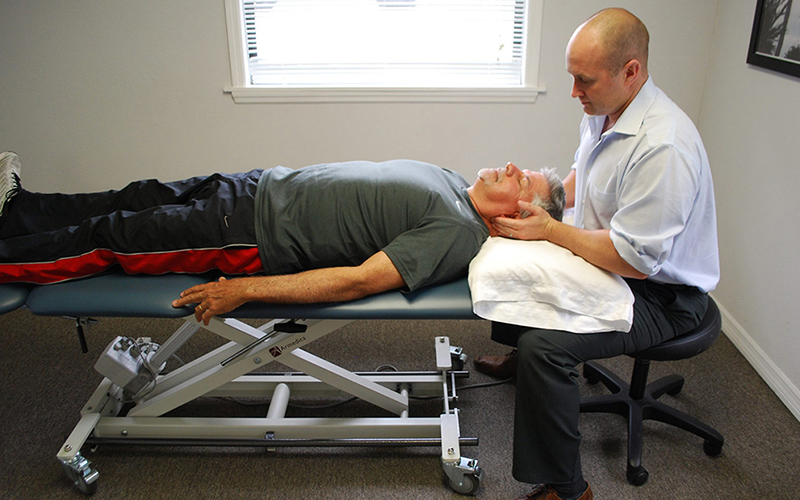
Exclusive one-on-one patient care
While most clinics will give you a limited amount of time with your Doctor, we believe that true results come from consistent one-on-one therapy.
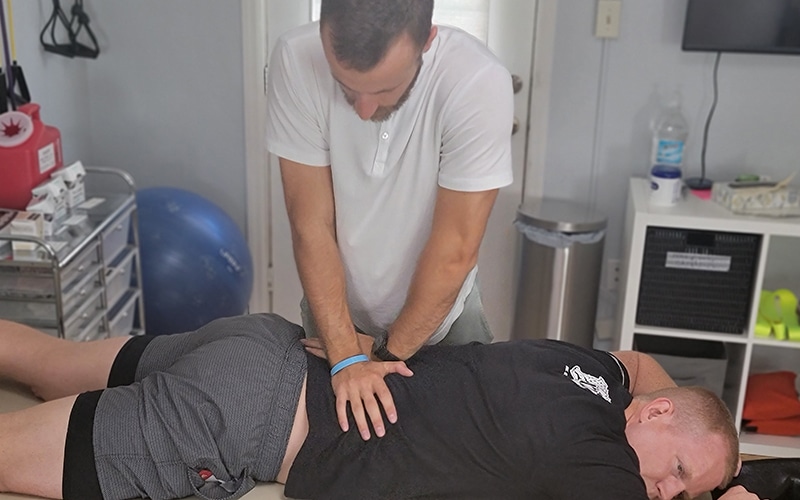
Work with your specialist every visit
Stop being handed off to trainees or non-Doctors for your Physical Therapy. At Pursuit, you'll work exclusively with your Doctor of Physical Therapy that specializes in your specific needs.
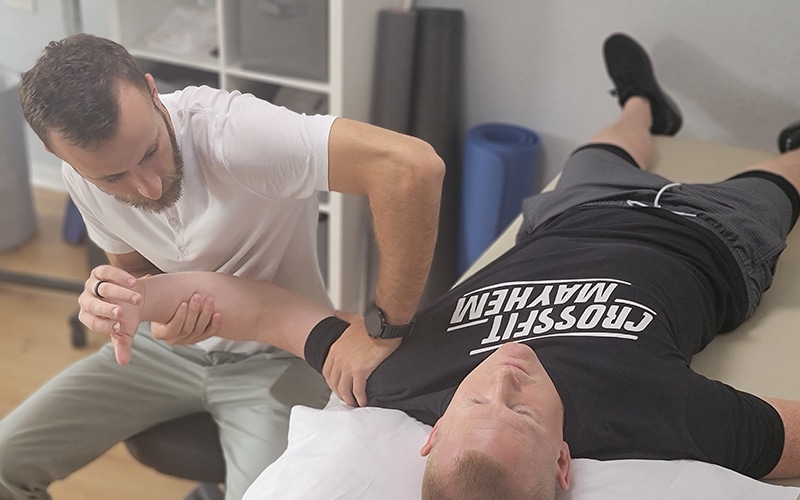
24/7 messaging access to your specialist
Ever have an issue or questions? We're here to help. Get 24/7 access to your specialist while you're under our care. Physical Therapy doesn't just happen when you're in our clinic, so we're here for you when you need us.
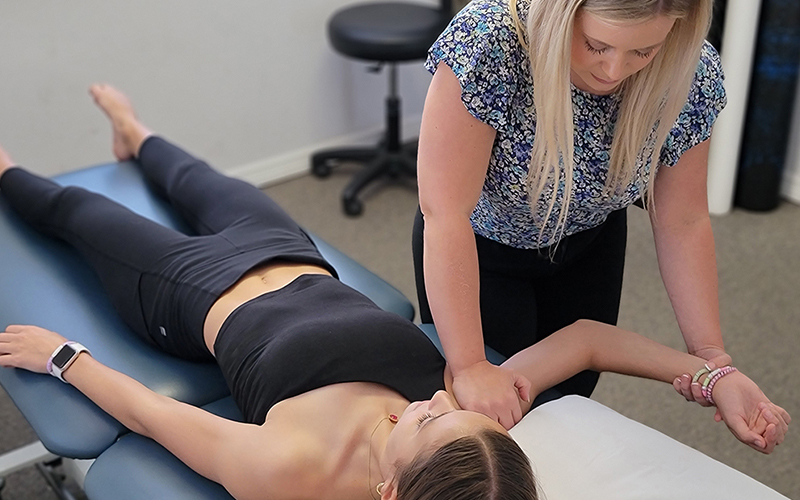
No waiting periods
Get off that waiting list and get the treatment you need. We're always ready to accept new patients, so you can get better faster and get back to a pain-free life that you deserve.
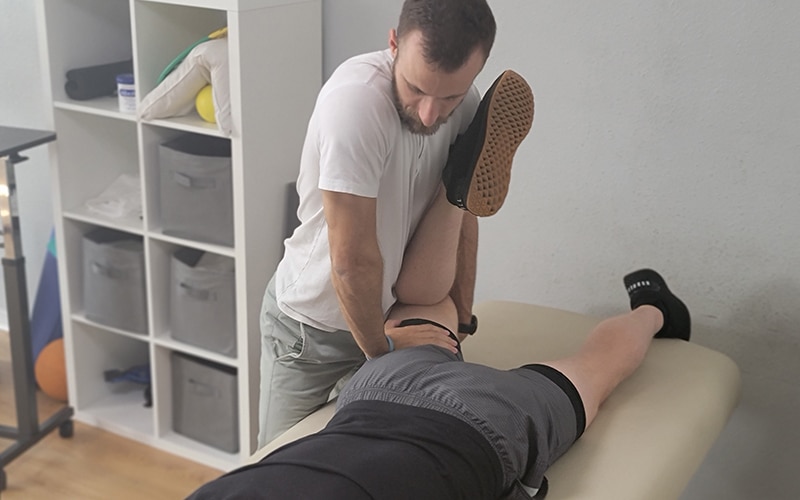
Not limited by insurance
Don't let the insurance companies tell you how much treatment you need. Avoid the limitations of short sessions that insurance provides and work with our Doctors when you need it and for as long as you need it.
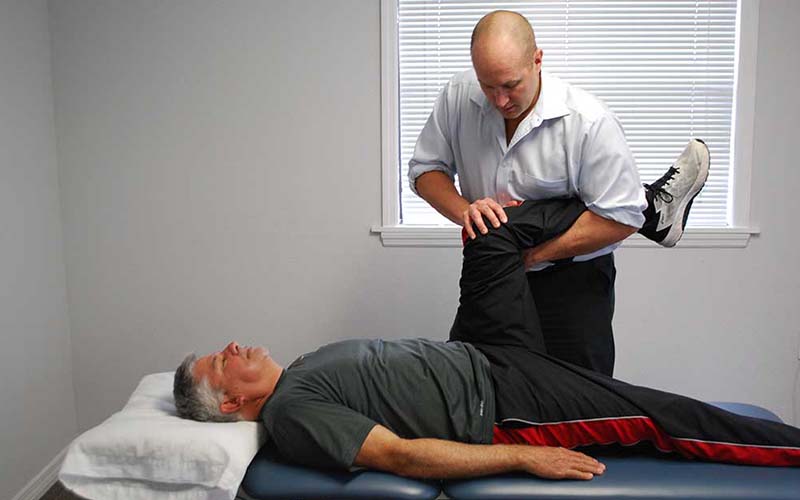
No painful injections, no expensive medications, no surgery
In order to truly solve your pain, we use a holistic approach to Physical Therapy, not relying on injections, medications, or surgery. Instead, we'll strengthen your body's weak points that are causing your pain.
MEET THE TEAM

RON MILLER, DPT, OCS, Cert DN
Doctor of Physical Therapy | Board Certified Orthopaedic Physical Therapy Clinical Specialist | Post-Doctoral Orthopaedic Residency Trained | Certified in Dry Needling | Titleist Performance Institute Certified
Dr. Ron Miller is the owner and founder of Pursuit Physical Therapy. His core belief is that it is not about the physician, the physical therapist, or the insurance company: it is about what is truly best for the patient. Dr. Miller started...

CAREY ROTHSCHILD, DPT, OCS, SCS, CSCS, CKTP
Doctor of Physical Therapy and Assistant Professor at the University of Central Florida | Board Certified Orthopaedic Clinical Specialist
| Board Certified Sport Clinical Specialist
Dr. Carey Rothschild is an Assistant Clinical Professor in the Doctor of Physical Therapy Program at the University of Central Florida. Dr. Rothschild earned a Bachelor of Health Science in Physical Therapy in 1999 from the University of Florida and a Doctor of Physical Therapy from Boston University in 2005...


MICHAEL FABRICK, DPT, Cert. DN
Doctor of Physical Therapy | Certified in Dry Needling | Pursuit Sports Performance Specialist | Professional Tennis Tour Physical Therapist
Dr. Michael Fabrick was born and raised in Hanover, Pennsylvania and attended Slippery Rock University where he received his Bachelor’s degree in Exercise Science. He then went on to receive his Doctorate Degree in Physical Therapy in May of 2020. During his final tenure as a Doctoral intern, he trained underneath Todd Ellenbecker, who is one of the world’s leading experts on shoulder rehabilitation and is the Vice President of Medical Services for the ATP World Tour...

MARYANN DANIELS, PT, MCMT, IDN
Physical Therapist | Dry Needling Certified | Mastery Certified In Manual Therapy | Pelvic Floor And Post Partum Specialist
Maryann was originally born in Connecticut but moved to Florida with her family at the age of 9 and she grew up in Jupiter, Florida. She then went to college at the University of Central Florida...


Kayla Cook, DPT, HSP, CSCS
Doctor of Physical Therapy | Hesch Sacroiliac Practitioner | Certified Strength And Conditioning Specialist | Ehlers-Danlos Syndrome Specialist | Volleyball Specialist
Dr. Kayla Cook was born and raised in Northern California and received her undergraduate degree in Kinesiology from California State University in Sacramento. She then received her Doctorate in Physical Therapy from The University of St Augustine for Health Sciences...
BECOMING PAINFREE IS EASIER THAN YOU THINK

Step 1:

Step 2:

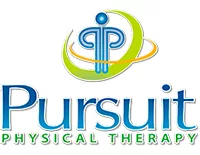
 Meredith B.
Meredith B.
 Lisa B.
Lisa B.